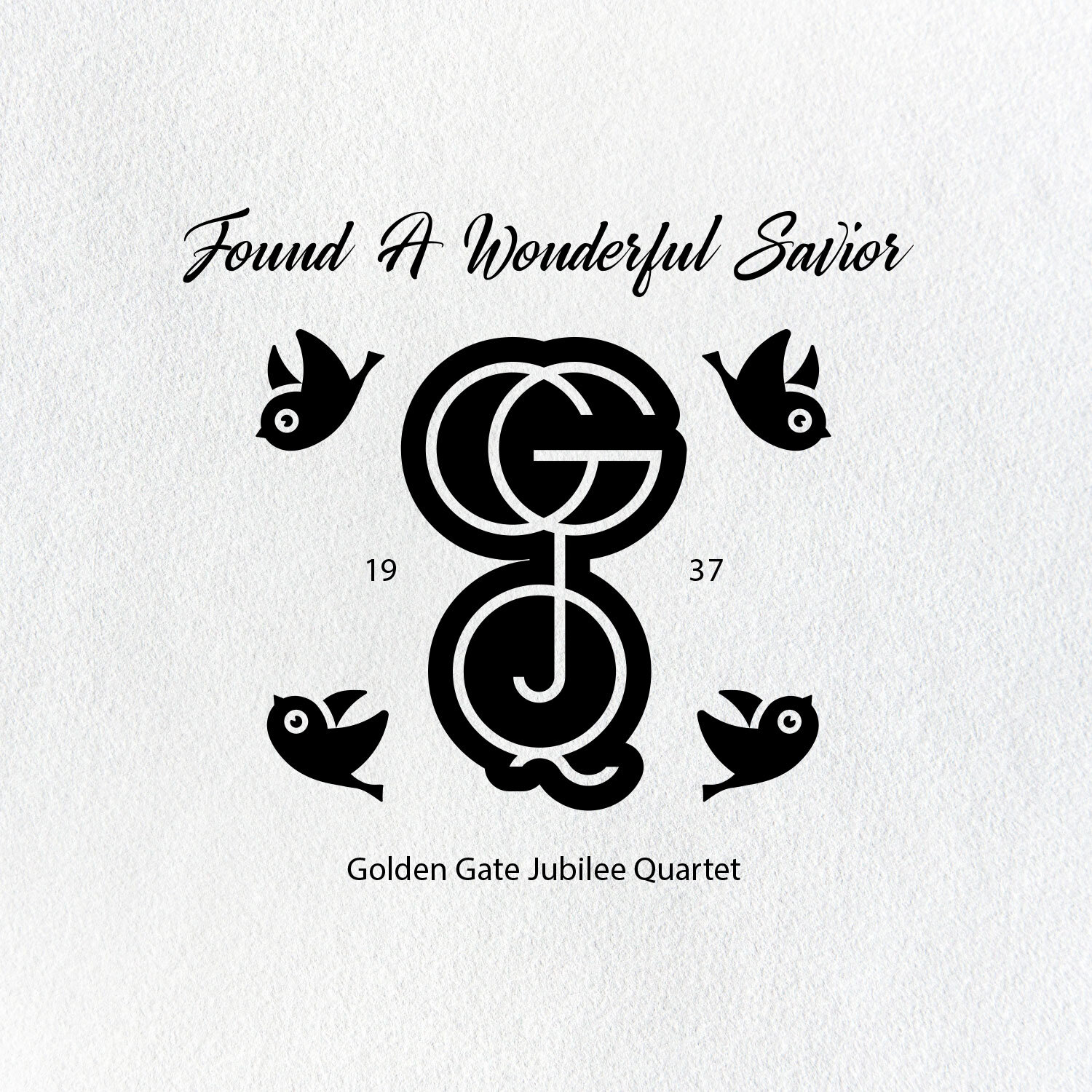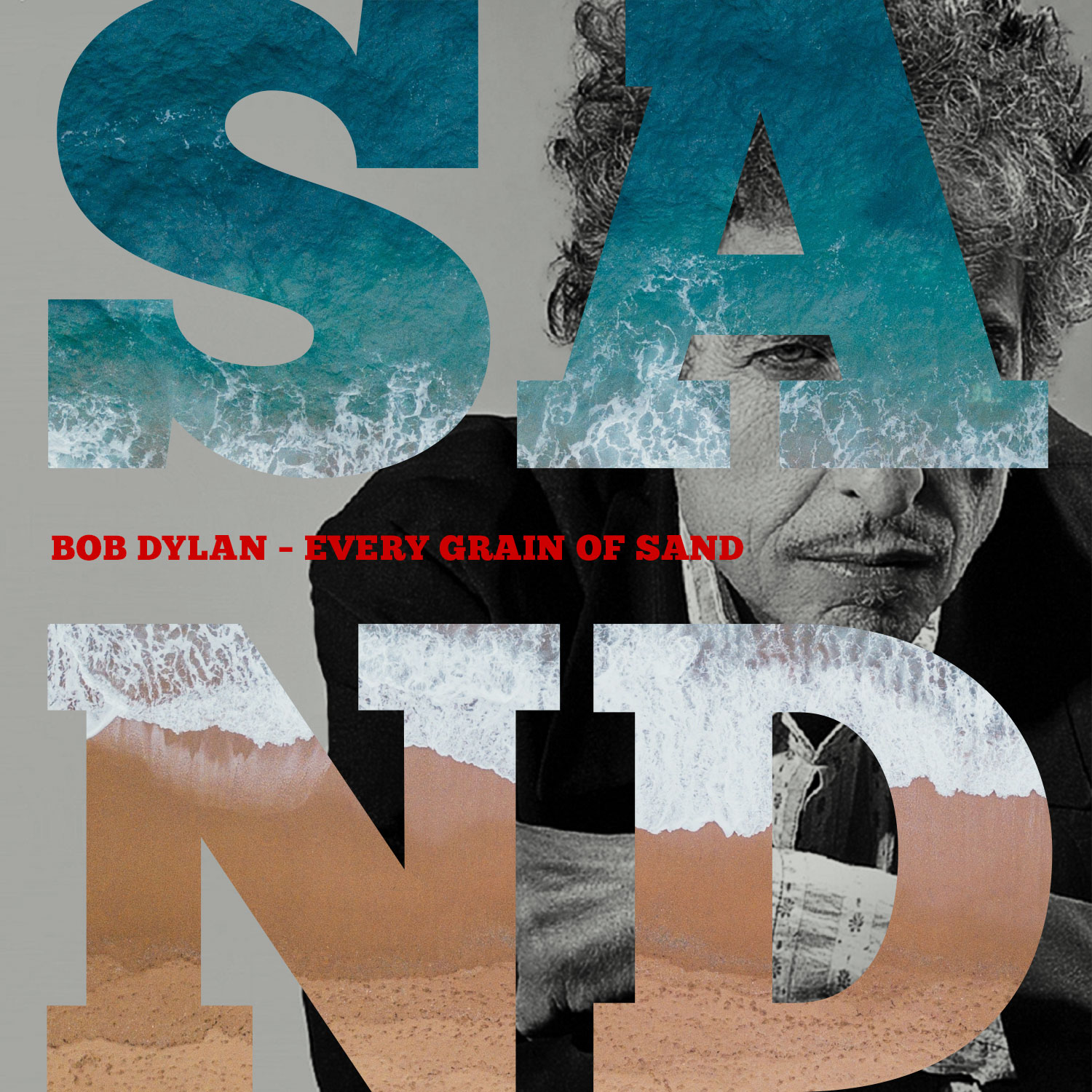Beautifully performed by Ry Cooder on his The Prodigal Son album and written by International Bluegrass Music Hall of Honor member Carter Stanley, the song Harbor Of Love comes from the early days of Stanley’s primitive baptist roots. For him, both bluegrass and religion originated out of the remote coal and timber fields of southwestern Virginia.
As a songwriter, Stanley was known for his straightforward lyrics. On Harbor Of Love, he tells of a coming time with a great judgment morning. When a savior will welcome you home. Will you be prepared for the journey to heaven on a great ship that carries God’s chosen one’s home.
After the great ship anchor’s in the harbor of love, the song gets personal by reminding us of our condition; You’re wandering in sin away from God’s teaching. He does this not to condemn, but to continue offering us hope. Won’t you ask him to show you the way? Fall down on your knees in a chapel next Sunday and meet with your friends in heaven someday. Repeat
John 3:16
For God so loved the world that he gave his one and only Son, that whoever believes in him shall not perish but have eternal life.












